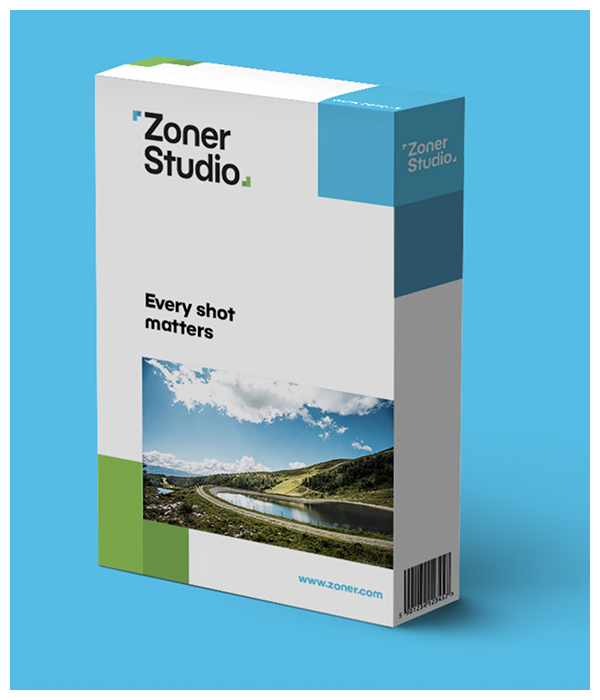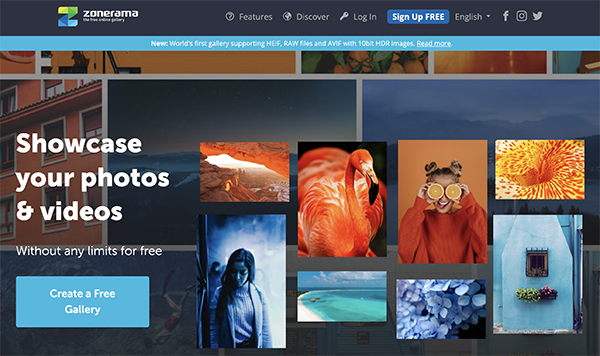This hack makes mulching neater, quicker and easier – it will recycle your old plastic pots, too
You won’t want to mulch your plants any other way!
Zoner has changed the name of Zoner Photo Studio X to Zoner Studio. The new label reflects how much Zoner Studio’s capabilities have grown well beyond merely editing photos.
Zoner Studio is a powerful, fully-featured editor and everything you need to import, organize, quick edit, advanced edit and print your photos, plus edit video, all from the same interface. An affordable alternative to Lightroom and Photoshop designed for Windows 10 and 11 based PCs, Zoner software has been downloaded more than 10,000,000 times.

“This isn’t just a name change,” said Michal Prouza, Head of Software for Zone Inc. “The new visual identity shows how far Zoner Studio has come. We want to demonstrate how it’s kept pace with technology and the needs of photographers—and in many ways, it’s even one step ahead. Whether it’s the integration of AI-powered tools, support for the latest image formats, or its fast performance on modern hardware.”

Zoner Studio Performs End to End
Zoner Studio is easy to use even if you’re an absolute beginner. Navigation is intuitive. You conveniently switch from one powerful module to another without leaving the Zoner Studio program—a huge simplifier. Use Zoner Studio to edit JPEG, HEIF, HEVC and Raw images (including use of Layers and Masks) and perform all cropping, blemish removal, cloning and other photo manipulations with ease.
Enjoy a broad range of creative presets or create your own. Change a photo’s entire mood with just one click (one of the best-loved features in Zoner Studio). Catalog your images for easy organization and retrieval. Browse them by date, shot location, keywords or folders, even their GPS location.
With Zoner Studio you can also edit video. Turn your photos into a video, a presentation, or a time-lapse, and do everything without switching software.
Watch the official Zoner Studio introductory video.
Zero-Risk Free Trial
Download the full version of Zoner Studio for Windows 10 and 11 PCs and try it for 7 days absolutely free and with no obligation. No credit card required.
Zoner Studio can be purchased for $5.99 per month or $59 for a full year.

Zonerama is for Sharing
Summer is the time for vacations, reunions and other family get togethers. Zonerama, Zoner’s free-to-all online media storage and sharing platform, is perfect for sharing photos and videos captured during your family events.
Why Zonerama Beats Social Media Sharing
Photo and video files stored on Zonerama are secure and can be shared safely. Uploaders (users) select custom privacy and sharing settings, so they’re in complete control of who has permission to see what. Users can even hide the metadata, so the GPS location info can be concealed. Users can also share albums, so the whole family can contribute to the collection of holiday photos, for instance. It’s not just “one-way sharing.”
For more details about using Zonerama to exchange precious memories, read Strategy For Sharing Holiday Photos & Video With Family and Friends Safely and Privately.
Join the Shutterbug Community!
Sign up for a free account. It’s easy and free. Subscribe to our newsletter (see sign-up form on our homepage) and bookmark Shutterbug as a Favorite on your browser so you can check back often. Visit our Gallery section and spend five minutes or less uploading your best shots once a week or so. You may even become a Shutterbug Photo of the Day photographer. In the Galleries you’ll see the amazing work of thousands of photographers from all over the world; add your own images to our ever-growing collection. It’s a great way to connect with other photographers and share your knowledge and passion for photography.
∞ Shutterbug Staff
